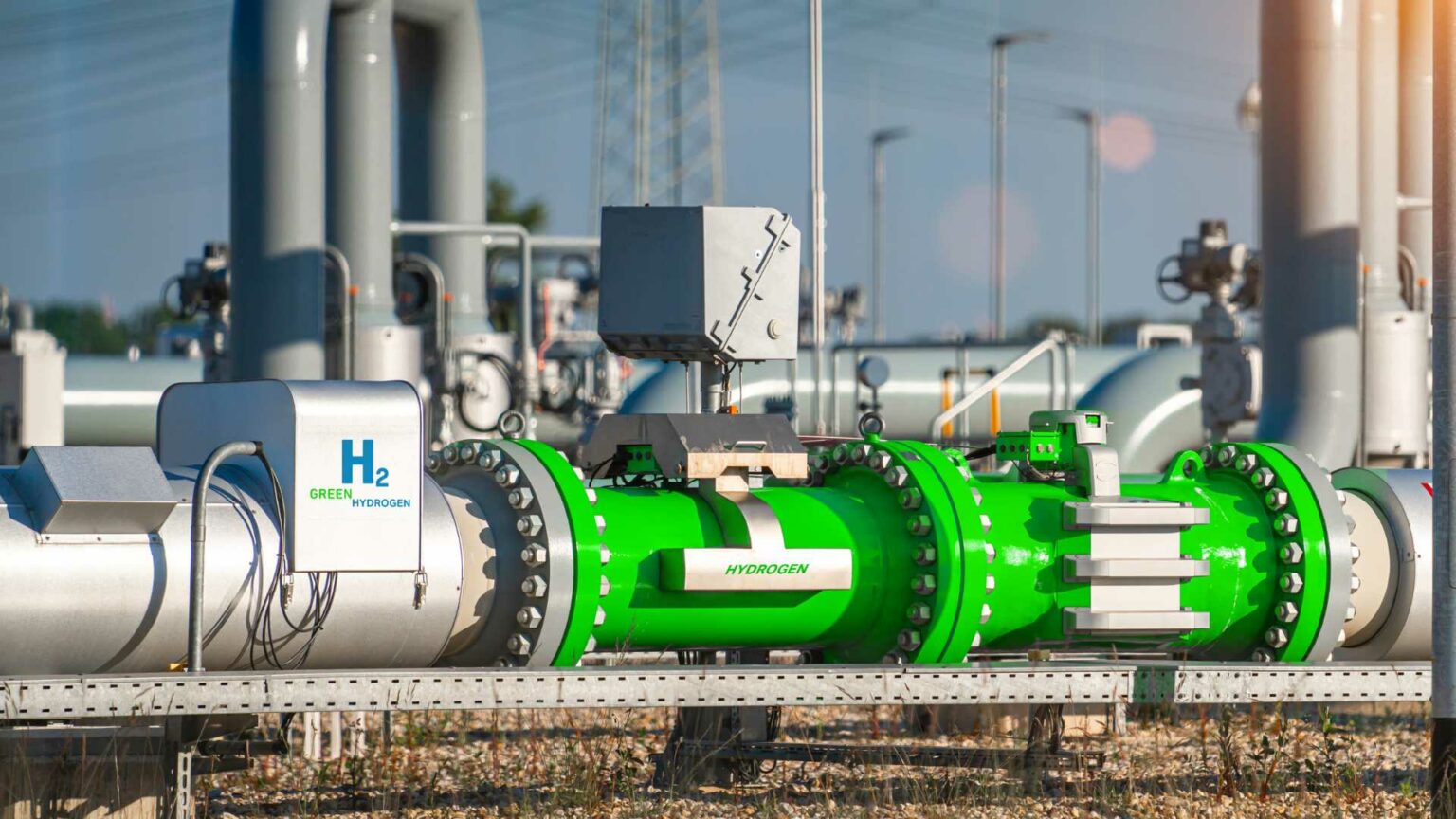Austria’s hydrogen demand projections reach 41 TWh by 2040, yet European hydrogen deployment faces stark reality checks as only 3.6% of the planned hydrogen supply for 2030 commissioning has passed final investment decision. The Austrian gas industry’s push for €3.5 billion in infrastructure investment, led by Stefan Wagenhofer of the Austrian Gas and Water Association (ÖVGW), reflects ambitious domestic planning amid broader European market uncertainty.
The investment proposal centers on converting existing gas infrastructure to accommodate hydrogen transport, with 730 km of new gas pipelines required alongside repurposing 1,420 km of existing infrastructure. This infrastructure strategy assumes market demand materialization that remains uncertain given European hydrogen project development patterns.
Austria’s government has already committed over $820 million for hydrogen projects between 2024-2026, targeting 1 GW of electrolysis capacity by 2030. However, this commitment occurs within a European context where neither the EU nor the UK has made significant progress in low-carbon hydrogen deployment in 2023, making 2030 targets unlikely to be achieved.
The financing model proposed by Wagenhofer acknowledges fundamental market timing challenges. While an Austrian gas network could generate €200 million annually, initial hydrogen volumes would be insufficient to justify immediate investment returns. The proposed “ramp-up account” with government guarantees reveals recognition that private capital alone cannot bridge the demand-supply timing gap.
Professor Michael Harasek’s assertion that 98% of existing gas networks can transport hydrogen provides technical validation for infrastructure conversion strategies. Yet technical feasibility differs significantly from economic viability, particularly when domestic Austrian hydrogen demand projections suggest only 12 TWh by 2030, rising to 47 TWh by 2040.
Austria’s position within European hydrogen supply chains faces competitive pressures from larger markets. Northwest Europe’s renewable hydrogen demand under RED III regulations would reach approximately 1.6 Mt by 2030, rising to 2.3 Mt by 2035, indicating scale advantages for countries with larger industrial bases and port infrastructure.
The regulatory framework requirements cited by Wagenhofer—including the Gas Industry Act and Green Gas Act—reflect institutional complexity that could delay deployment timelines. European hydrogen project experience suggests regulatory processes often extend beyond initial projections, potentially undermining the urgency emphasized by Austrian industry leaders.
The current Austrian hydrogen strategy focuses on pure hydrogen infrastructure to supply industrial clusters and large consumers through the reconversion of existing natural gas pipelines. This approach prioritizes industrial applications over residential heating, despite Harasek’s technical observations about hydrogen’s suitability for gas heating systems.
The versatility arguments presented for hydrogen applications—including ammonia production, steel industry integration, and high-temperature industrial processes—reflect established technical capabilities rather than competitive market positioning. Austria’s steel and chemical industries represent logical early adoption segments, yet their commitment to hydrogen procurement remains contingent on cost competitiveness and supply reliability.
Energie AG’s initial pipeline conversion project between Linz and Sattledt provides a concrete implementation example, yet this single project cannot validate the broader €3.5 billion investment case without demonstrated demand from industrial off-takers.
The integration of biogas within Austria’s Green Gas Act framework acknowledges that hydrogen deployment occurs alongside other renewable gas technologies. This diversification strategy may reduce specific hydrogen demand while supporting broader renewable gas infrastructure development.
European market analysis reveals systemic challenges extending beyond Austrian borders. Only 4.5% of the hydrogen supply needed to meet REPowerEU demand targets has secured binding offtake agreements, indicating widespread uncertainty about commercial hydrogen markets across the continent.
Austria’s climate neutrality target of 2040, leveraging hydrogen as a key decarbonization tool, establishes policy drivers for infrastructure investment. However, achieving this timeline requires coordination across multiple sectors and sustained political commitment extending beyond current electoral cycles.
The proposed financing mechanisms reveal acknowledgment that hydrogen infrastructure development cannot rely on traditional utility investment models. Government guarantees and ramp-up accounts represent policy tools designed to address market failures, yet their effectiveness depends on sustained political support and realistic demand forecasting.
Austria’s hydrogen infrastructure strategy operates within a European context where Northwest European countries aim to develop 30 to 40 GW of electrolyzer capacity by 2030, though most projects remain in early development stages. This regional competition for hydrogen market positioning may influence Austrian project prioritization and financing availability.
The €3.5 billion investment proposal represents significant capital allocation within Austria’s energy transition strategy, yet its success depends on market development factors extending well beyond domestic policy control. The integration of existing gas infrastructure provides cost advantages, but commercial viability ultimately depends on hydrogen demand materialization that remains uncertain across European markets.





